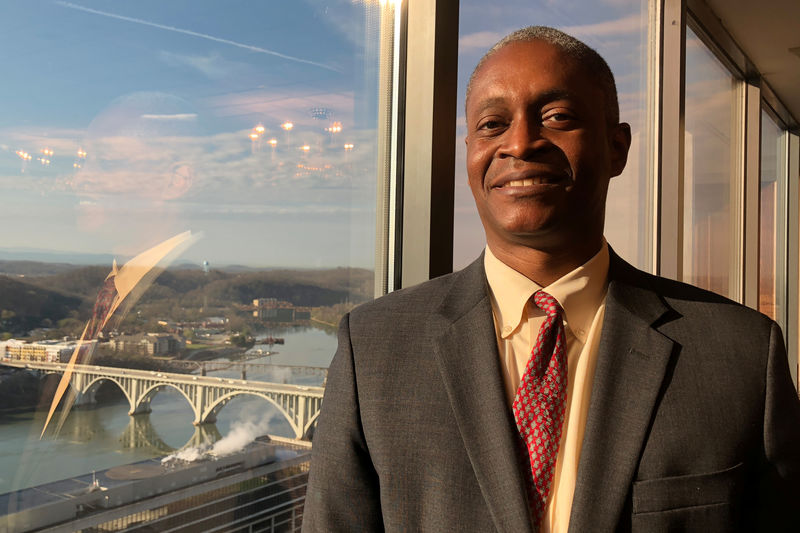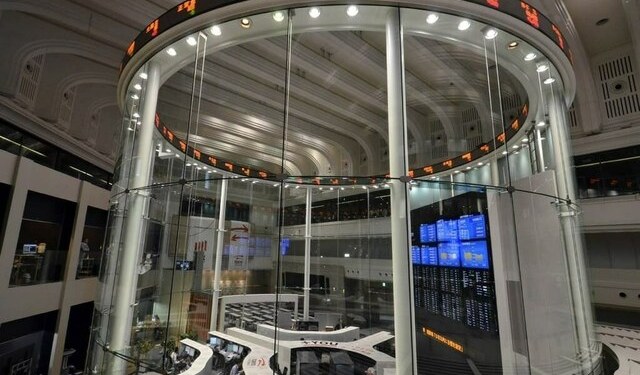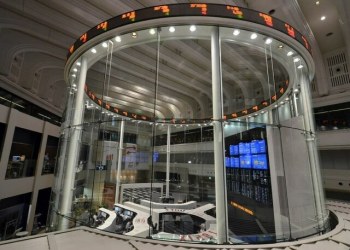 © Reuters. FILE PHOTO: Raphael Bostic President of the Federal Reserve Bank of Atlanta poses for a photo in Knoxville
© Reuters. FILE PHOTO: Raphael Bostic President of the Federal Reserve Bank of Atlanta poses for a photo in KnoxvilleATLANTA (Reuters) – The Federal Reserve may only need to raise interest rates once in 2019, Atlanta Fed President Raphael Bostic said on Monday, focusing on business executives’ nervousness about the economy and a global slowdown as factors that may hold the U.S. central bank back.
“I am at one move for 2019,” Bostic said. Though U.S. economic growth was faster than expected in 2018 and prompted the Fed to raise rates four times, Bostic said his business contacts appear less confident about the coming months, while “clouds” have developed overseas.
“The clouds, the nervousness, has gotten me to a place where I want to make sure that we do not act too aggressively,” Bostic said during an event at the Rotary Club of Atlanta.
Bostic is not a member of the Fed’s rate-setting policy committee this year. But his comments show how the combination of a recent selloff in stock markets and weak economic data from China and Europe has begun to shift the tenor of conversation at the U.S. central bank.
He added that the list of potential problems includes the current partial shutdown of the U.S. government, which has left hundreds of thousands of federal employees without a paycheck.
“If it lingers longer, this can become more material,” Bostic said, with families perhaps forced to reduce spending, and creditors facing decisions about what to do if people fall behind on rent and mortgage payments.
If the Internal Revenue Service, for example, can’t process tax refunds, “that has implications for the robustness of the economy in real time,” Bostic said.
Those risks, whether small or large, have accumulated even as U.S. economic data remains strong. The resulting hair-trigger moves in equity markets, doubts about the outcome of U.S. trade negotiations with China, the risk of disruption in Europe, and other factors have led Fed officials in recent weeks to indicate they are likely to slow down from the quarterly pace of rate increases enacted over the past two years.
Last week, Fed Chairman Jerome Powell said the central bank would be “patient” as it assesses what to do next.
Particularly as the Fed’s short-term policy rate approaches neutral, Bostic said the central bank needs to be careful not to go too far and unintentionally tighten credit markets too much.
“This is an area where we have to watch robustly,” he said. The current policy rate of 2.50 percent may be at or close to neutral and “if it is 2.50 and you go to two and three quarters or three, you might have tripped beyond neutral and that would be contractionary.”
Fusion Media or anyone involved with Fusion Media will not accept any liability for loss or damage as a result of reliance on the information including data, quotes, charts and buy/sell signals contained within this website. Please be fully informed regarding the risks and costs associated with trading the financial markets, it is one of the riskiest investment forms possible.
Source: Investing.com


























